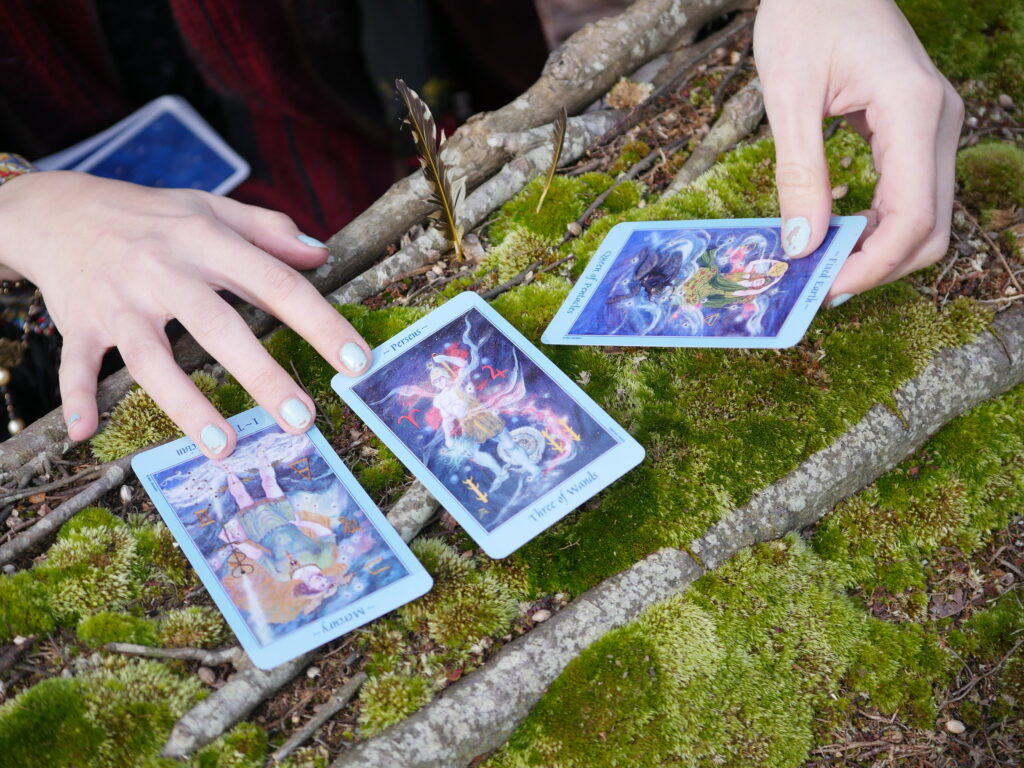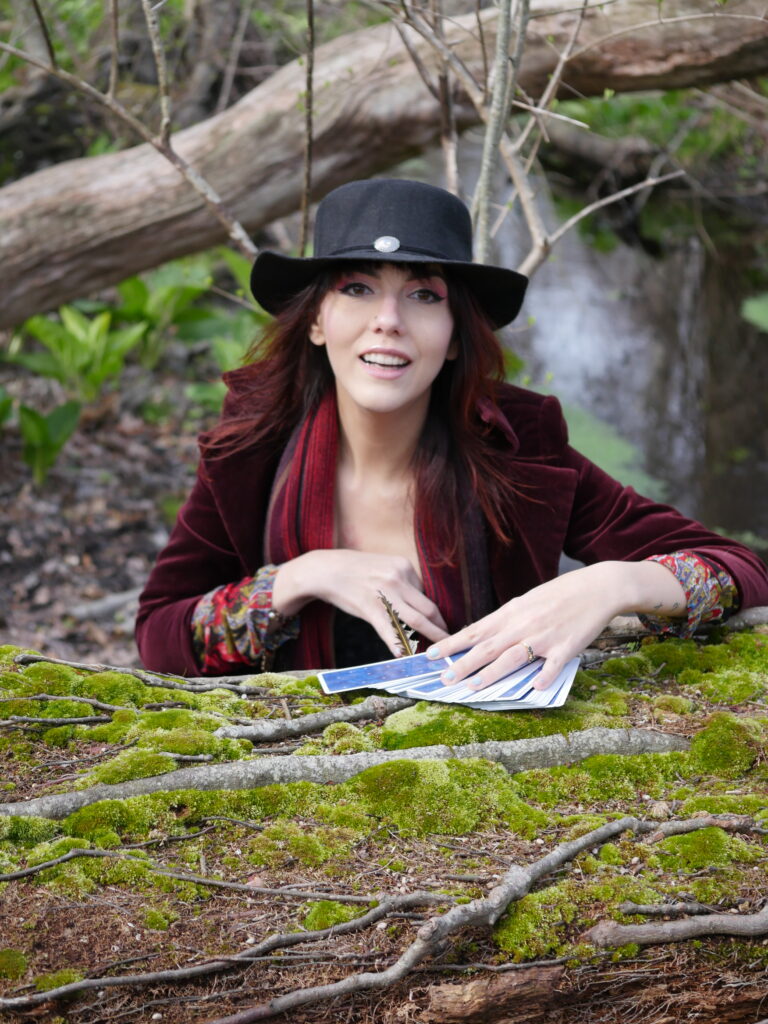A tarot reading can be beneficial when you are seeking guidance or insight into their life. Tarot cards can help you to see things from a different perspective, to understand your own motivations and desires, and to make better decisions. Tarot readings can also be helpful when facing challenges or difficult decisions. The cards can provide support and encouragement, and can help you to see the potential for positive change.
Here are some specific examples of when a tarot reading might be beneficial for a client:
When you are facing a difficult decision, such as whether or not to change jobs, end a relationship, or move to a new city.
When you are feeling lost or confused about their life direction.
When you are struggling with emotional issues, anxiety, depression, or grief.
When you are looking for guidance on how to improve their relationships, career, or health.
It is important to note that tarot readings are not a substitute for professional counseling or therapy. However, tarot readings can be a helpful tool for clients who are looking for guidance and support on their journey of self-discovery.
Here are some tips for getting the most out of a tarot reading:
Be open and honest with me. The more information you provide, the more accurate and helpful the reading will be.
Be willing to listen to the messages that the cards have for you. Tarot readings are not always easy to hear, but they can be very helpful in providing guidance and insight.
Remember that tarot is just one tool for self-discovery. They do not guarantee the future but they can help you to see things from a different perspective and make better decisions.
To book a tarot reading with me, just click here.
I'm looking forward to speaking with you!
The history of tarot as a form of divination is long and complex. The earliest tarot decks were created in Italy in the 15th century, and they were originally used for playing games. However, it is believed that tarot cards were soon being used for divination as well.
The first tarot decks were not illustrated, but by the 17th century, illustrated decks were becoming more common. These decks often featured elaborate artwork that was full of symbolism. The symbolism on the tarot cards is thought to have been inspired by a variety of sources, including the Kabbalah, astrology, and Christian mysticism.
By the 18th century, tarot cards were being used for divination all over Europe. They were especially popular in France, where they were used by both the aristocracy and the common people. Tarot readings were seen as a way to gain insight into the future, and they were often used for making important decisions.
In the 19th century, tarot cards began to lose popularity in Europe. However, they continued to be used in other parts of the world, such as the United States and South America. In the 20th century, tarot cards experienced a revival of popularity. They are now used by people all over the world, and they are seen as a valuable tool for self-discovery and personal growth.
Today, there are many different tarot decks available, each with its own unique style and symbolism. Tarot readings can be done in a variety of ways, and there is no one right way to do them. The most important thing is to find a method that works for you and that you feel comfortable with.
Tarot readings are a form of divination that uses a deck of 78 cards to provide insight into the past, present, or future. The cards are divided into two groups: the Major Arcana and the Minor Arcana. The Major Arcana consists of 22 cards that represent major life themes, such as the Fool, the Magician, the High Priestess, and the World. The Minor Arcana consists of 56 cards that are divided into four suits: Wands, Cups, Swords, and Pentacles. Each suit represents a different aspect of life, such as passion, emotions, intellect, and material possessions.
To do a tarot reading, the reader will first shuffle the deck and ask the client to focus on a question or issue that they would like guidance on. The reader will then draw a certain number of cards, depending on the spread that they are using. The spread is the arrangement of the cards on the table, and there are many different spreads that can be used. Once the cards have been drawn, the reader will interpret them based on their own knowledge and intuition.
There is no one right way to interpret tarot cards. Each reader will have their own unique way of doing it. However, there are some general principles that most readers follow. For example, the cards are often interpreted in pairs or groups, and the meaning of a card can be influenced by the cards that are around it. The reader will also consider the context of the reading, such as the client's question and their personal circumstances.
Tarot readings can be a helpful tool for gaining insight into your life. However, it is important to remember that they are not a guarantee of the future. The cards can provide you with guidance and support, but ultimately it is up to you to make your own decisions.




To take a trivial example, which of us ever undertakes laborious physical exercise, except to obtain some advantage from it? But who has any right to find fault with a man who chooses to enjoy a pleasure that has no annoying consequences, or one who avoids a pain that produces no resultant pleasure?
Marshmallow lollipop pie cheesecake soufflé pastry chocolate bear claw. Halvah sesame snaps jelly-o tiramisu cotton candy toffee cake. Pie toffee sugar plum dragée chocolate bar ice cream marzipan.
But I must explain to you how all this mistaken idea of denouncing pleasure and praising pain was born and I will give you a complete account of the system, and expound the actual teachings of the great explorer of the truth, the master-builder of human happiness.
Marshmallow lollipop pie cheesecake soufflé pastry chocolate bear claw. Halvah sesame snaps jelly-o tiramisu cotton candy toffee cake. Pie toffee sugar plum dragée chocolate bar ice cream marzipan.
But I must explain to you how all this mistaken idea of denouncing pleasure and praising pain was born and I will give you a complete account of the system, and expound the actual teachings of the great explorer of the truth, the master-builder of human happiness.
Marshmallow lollipop pie cheesecake soufflé pastry chocolate bear claw. Halvah sesame snaps jelly-o tiramisu cotton candy toffee cake. Pie toffee sugar plum dragée chocolate bar ice cream marzipan.